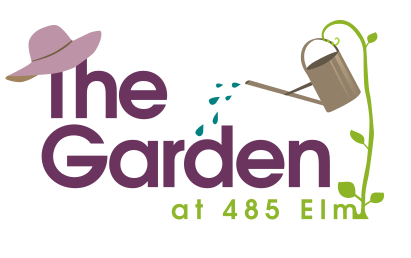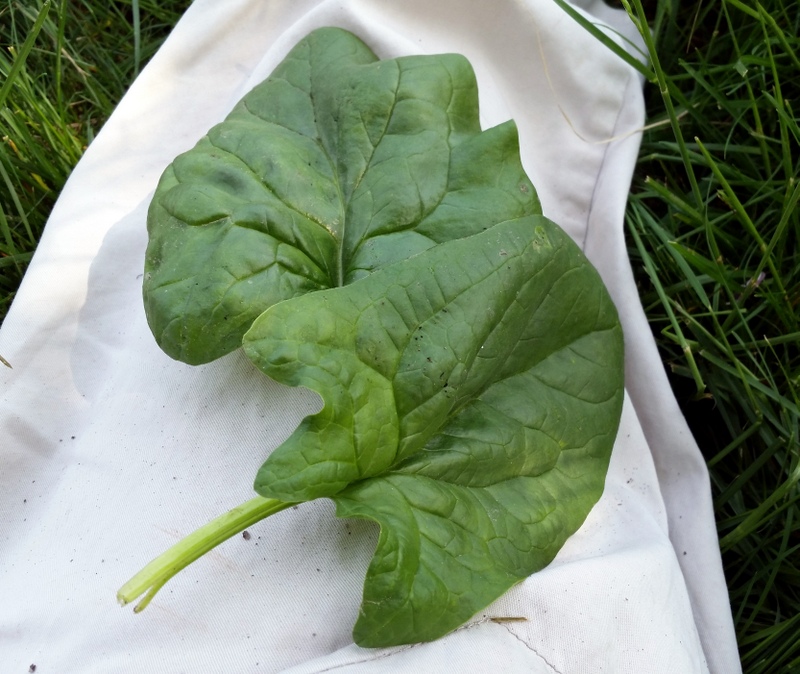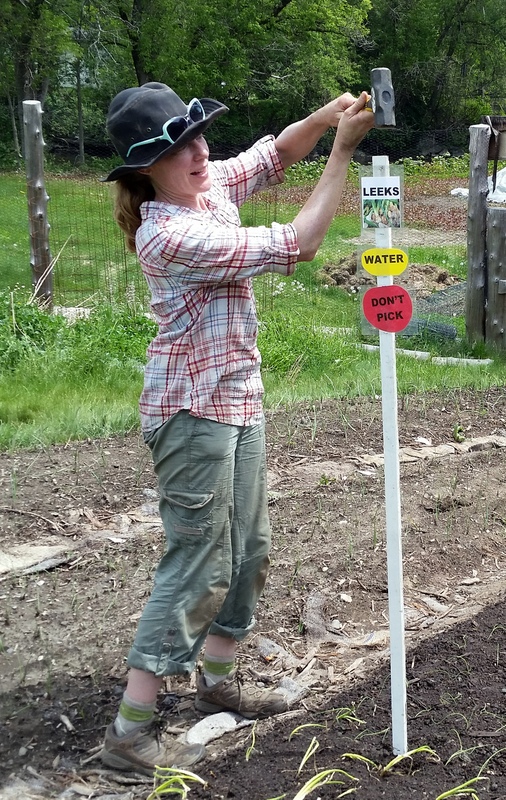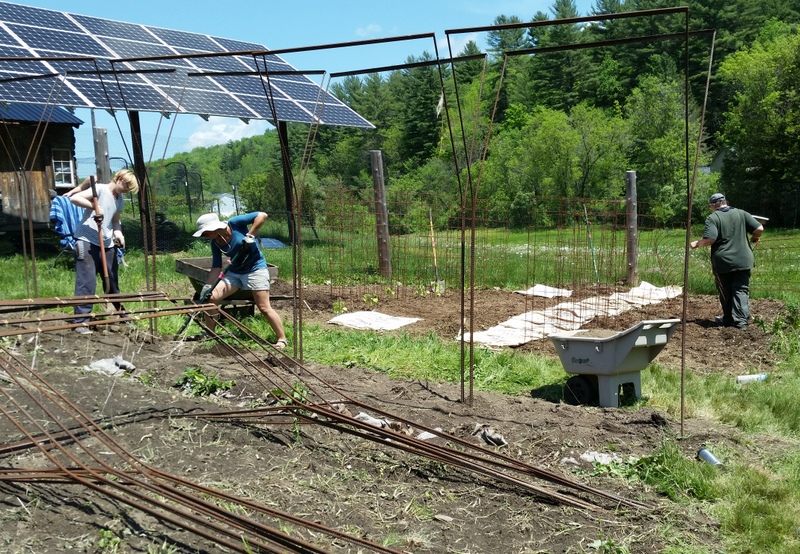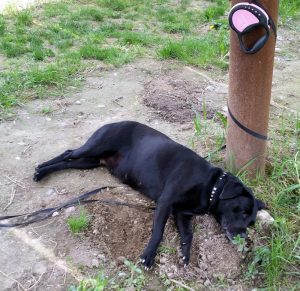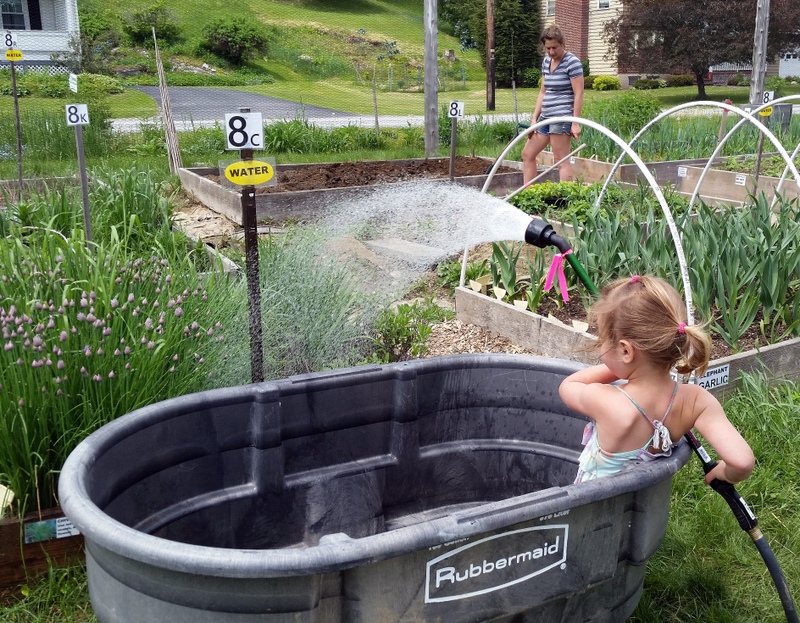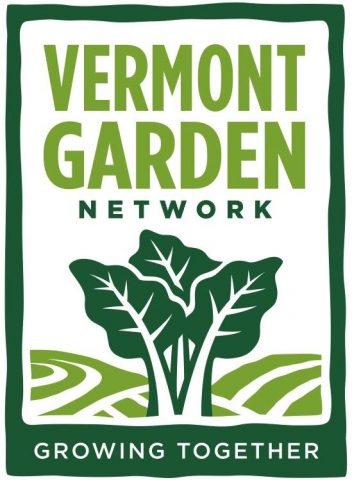It was hot. And the garden rocked.
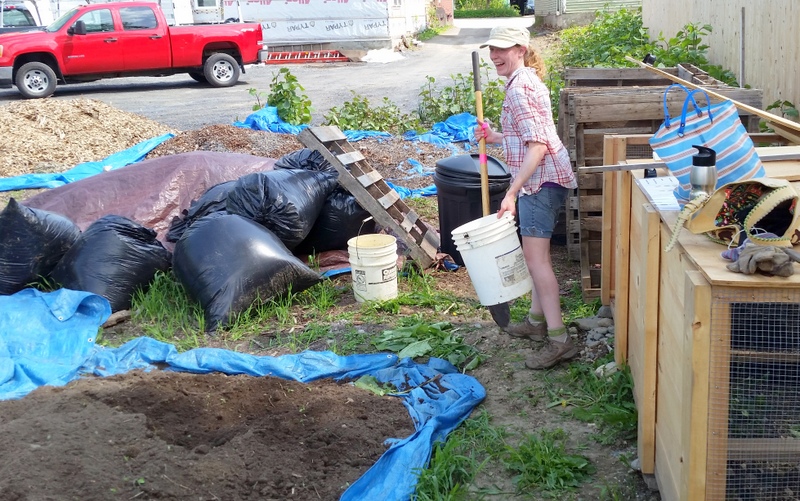
Garden co-coordinator Hannah is the Queen of Compostville. She designed and led the building of this system. Here Hannah is working on horse manure she drove down to Bethel with two other gardeners to get.
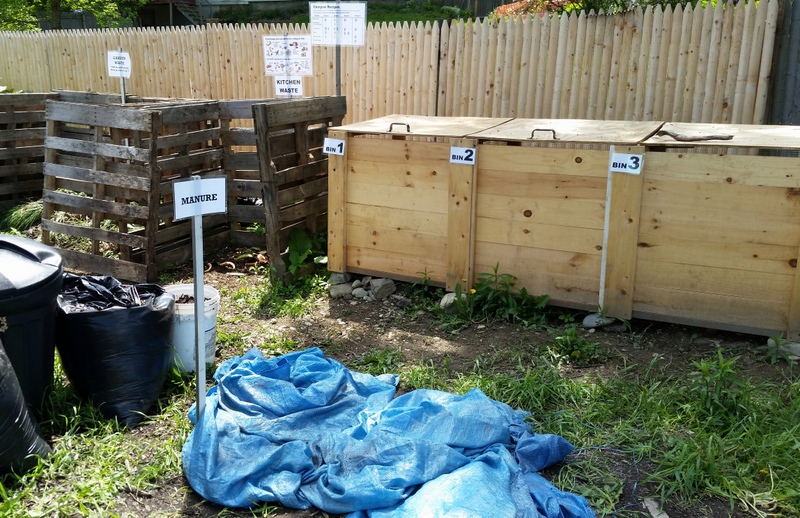
Compostville: Recipes and clear signage help us know how much of what to put where. Compost is plant food. It improves our crops’ health, increasing the likelihood of successful plants, both from seed and transplants.
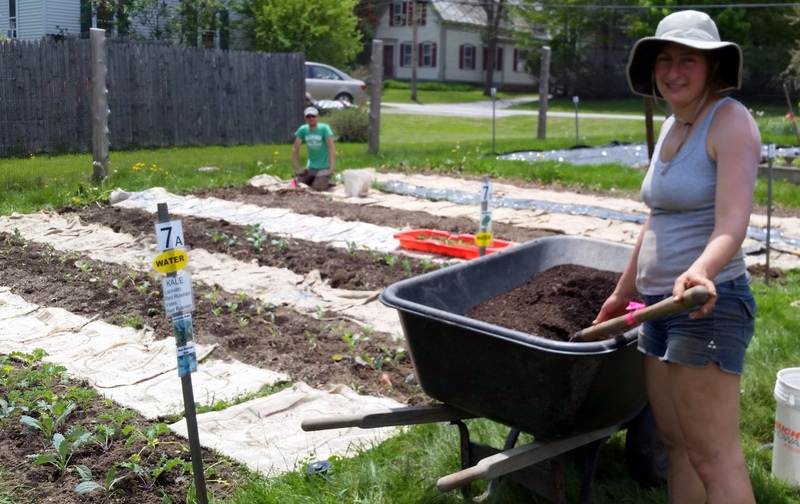
Meanwhile, back inside the garden fence, John and Ella use a compost-soil mix to plant and feed brassica: Kale, cauliflower, broccoli, Brussels sprouts, and more.
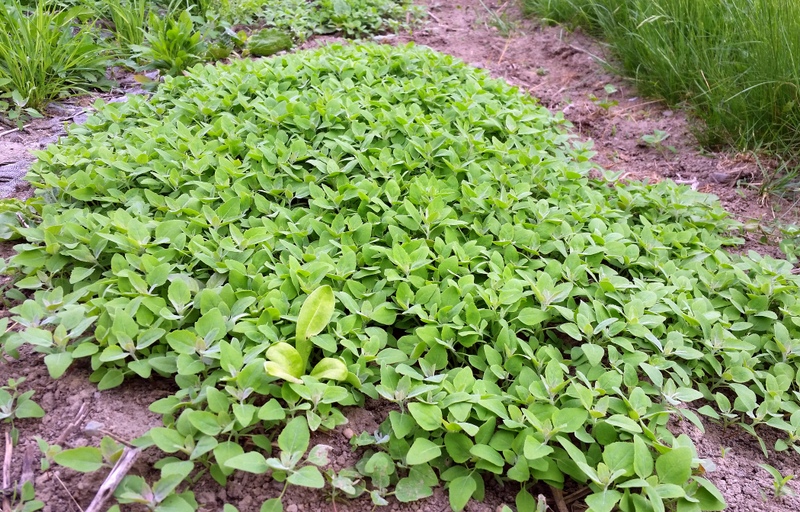
These gorgeous lambs quarters were growing in a row that’s about to be tilled. We harvested a big bag of these tender, delicious microgreens. The remaining plants that got tilled into the earth will enrich the soil where we planted other crops.
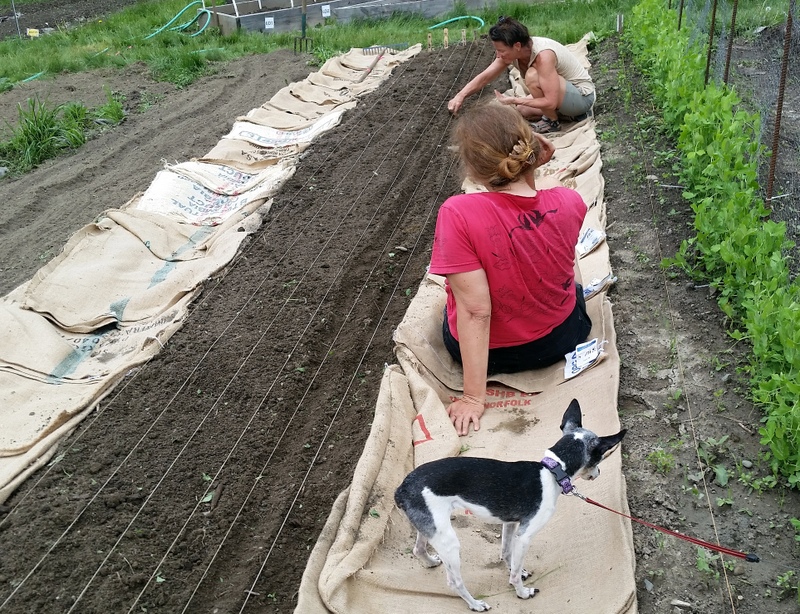
Yesterday, lambs quarters were growing here. Now six rows of beet, radish, and carrot seeds are growing. In adjacent rows, bush bean and pole bean seeds have been planted, too.
I was pleasantly surprised that when you come to workdays, you sometimes get to decide what gets planted.”
~ Emma, in her first year as a Garden at 485 Elm gardener
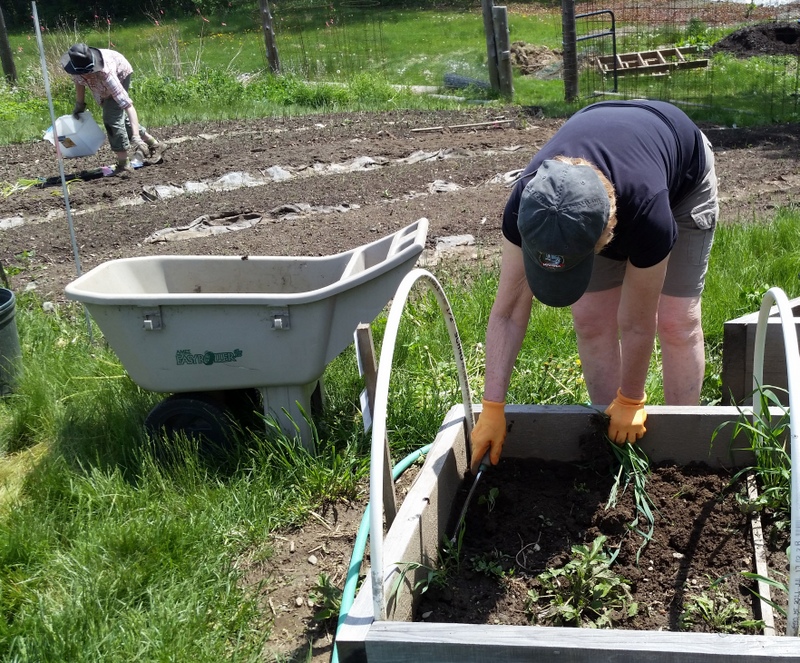
In the background, Hannah scatters Pro Grow in the onion beds, which are now planted with shallot, leek, scallion, and white onion transplants. These young plants started from seed on gardeners’ windowsills and porches. Norma is weeding our raised beds, where we grow dozens of crop varieties, including celery, celeriac, Asian cabbage, lettuces, mesclun mix, and spinach.

Tomatoes make one think of basil, one of dozens of herbs we grow. This year we’ll have Napolitano (lettuce leaf) basil, mammoth, lemon, sweet, spicy, Thai, and tulsi or holy basil. We’re looking for some chocolate basil seedlings, too.
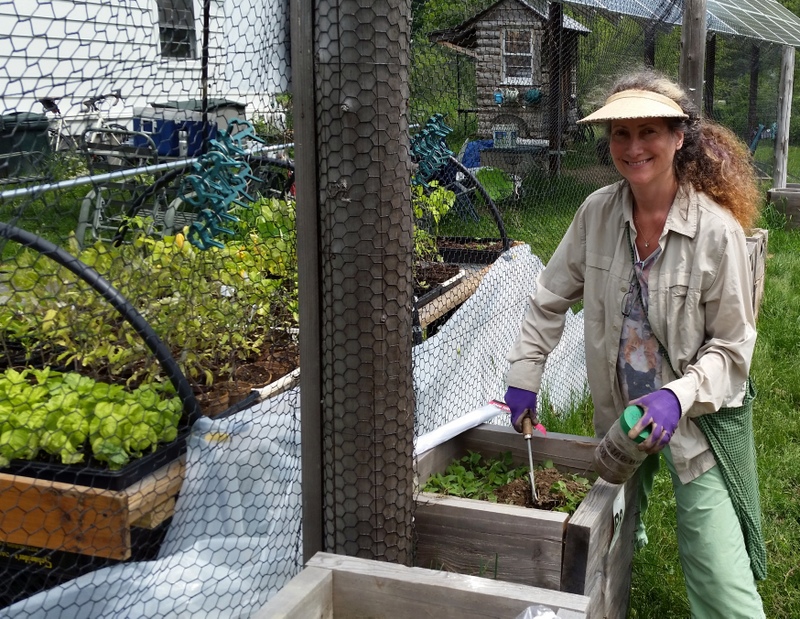
That’s me (Sheryl) prepping squash boxes for transplants that started from seed on a gardener’s porch. This weekend we put in delicata squash and spaghetti squash. We’ll plant summer squashes, too.

Chris secures covers over each box of delicata and spaghetti squash plants to keep pests off them. The packaging calls them “Food Covers,” but I prefer “plant hats.”
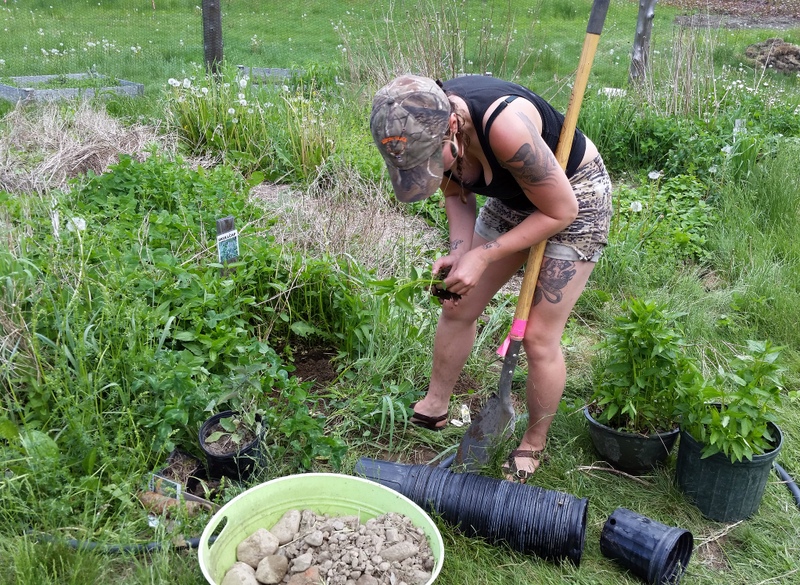
Lroy, the herbalist who planted the medicinal beds, has graduated from the Vermont Center for Integrative Herbalism and moved away. Her friend and 3rd year VCIH student Rachel will be tending and harvesting the herbs, which are moving outside the garden fence to become fields of beautiful medicine. Here Rachel has harvested some skullcap to transplant.
